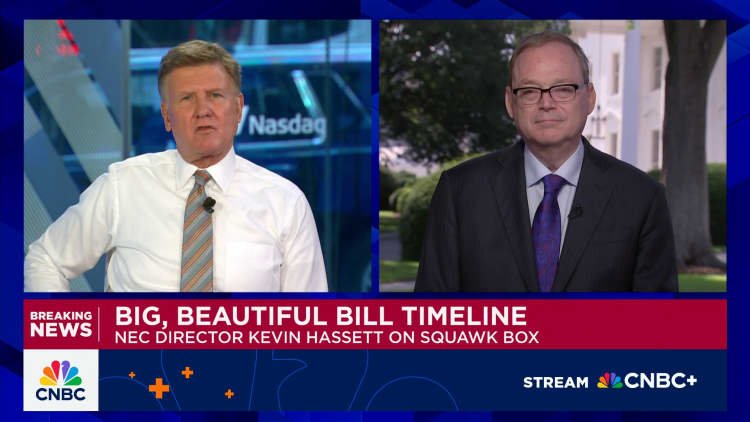Senate Republicans’ New Bill: Impact on Low-Income Households and High Earners
Senate Republicans are pushing a significant legislative bill this week, and its implications for American households are stirring considerable debate. An analysis by the Yale Budget Lab indicates that the proposed legislation could severely impact lower-income families while benefiting wealthier households.
Financial Consequences for Low-Income Families
The legislation, known as the "One Big Beautiful Bill Act," is projected to decrease incomes by about 2.9%—roughly $700—for the lowest 20% of earners, who make less than $13,350 annually. In contrast, the top 20% of earners, whose incomes exceed approximately $120,000, are anticipated to see a 2.2% increase in income, amounting to roughly $5,700 each year. These figures reflect estimated yearly impacts from 2026 through 2034, based on current known policies included in the Senate’s proposal.
According to Harris Eppsteiner, Associate Director of Economic Analysis at the Yale Budget Lab, the bill redistributes resources away from those at the lower end of the income spectrum, favoring those at the opposite end.
Sharp Reductions in Medicaid and SNAP Funding
Similar findings from other studies also indicate that these policies could disproportionately affect lower-income individuals. The current legislation contains significant cuts to critical support programs like Medicaid and the Supplemental Nutrition Assistance Program (SNAP), previously known as food stamps. Eppsteiner highlights that while wealthier households stand to gain from tax cuts in the bill, these changes would be detrimental to those relying on federal assistance programs.
Senate Republicans aim to finalize this domestic policy package by a self-imposed deadline. If approved, the bill will proceed back to the House for further consideration.
Broader Economic Implications
The analysis conducted by Yale includes major provisions of the legislation, but it does not cover the entire scope of proposed changes, such as adjustments to the Affordable Care Act or potential changes to federal student loans that could increase costs for borrowers.
A review by the Congressional Budget Office (CBO) revealed that lower-income families could lose about $1,600 annually—from 2026 to 2034—representing an average loss of 3.9% of their income. Conversely, the top 10% of earners are projected to gain around $12,000 annually, reflecting a 2.3% increase in income.
Centerpiece of the Bill: Tax Cuts
The crux of the Republican proposal includes an extension of the temporary tax cuts initiated during former President Trump’s first term. Additionally, the bill aims to fulfill some of Trump’s campaign promises, including tax reductions for seniors and tipped workers.
According to a Tax Foundation analysis, around 62% of households would receive tax cuts under this proposal, although the wealthiest households would see the most significant benefits relative to their incomes. However, these tax advantages come at a cost, as the legislation also proposes substantial reductions in funding for Medicaid and SNAP to offset the multitrillion-dollar expense of the tax cuts.
The Role of SNAP and Medicaid
Eppsteiner emphasizes that SNAP and Medicaid serve as essential support systems for the economically vulnerable. Any financial gains resulting from the proposed tax cuts would likely be "entirely offset" by the reductions in Medicaid and SNAP funding.
The CBO estimates indicate that the new bill could add approximately $3.3 trillion to the national debt over the next ten years, before accounting for interest, which could elevate that figure to around $4 trillion by 2034. This projected increase raises concerns about the long-term financial ramifications of passing such a significant piece of legislation.
